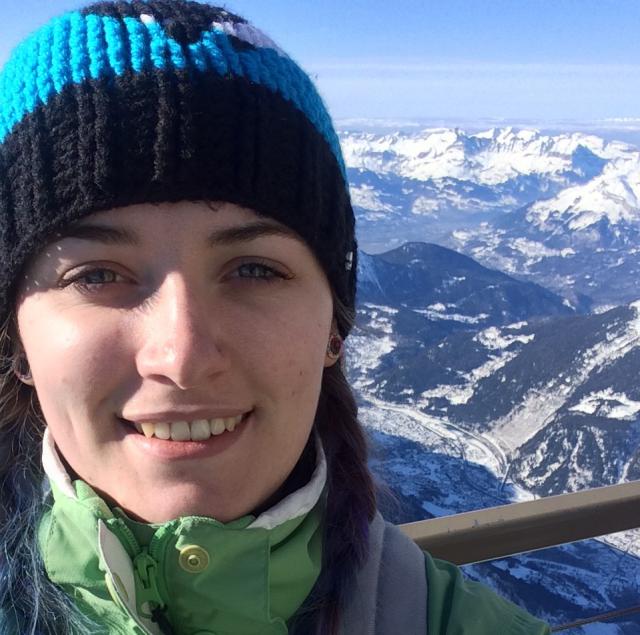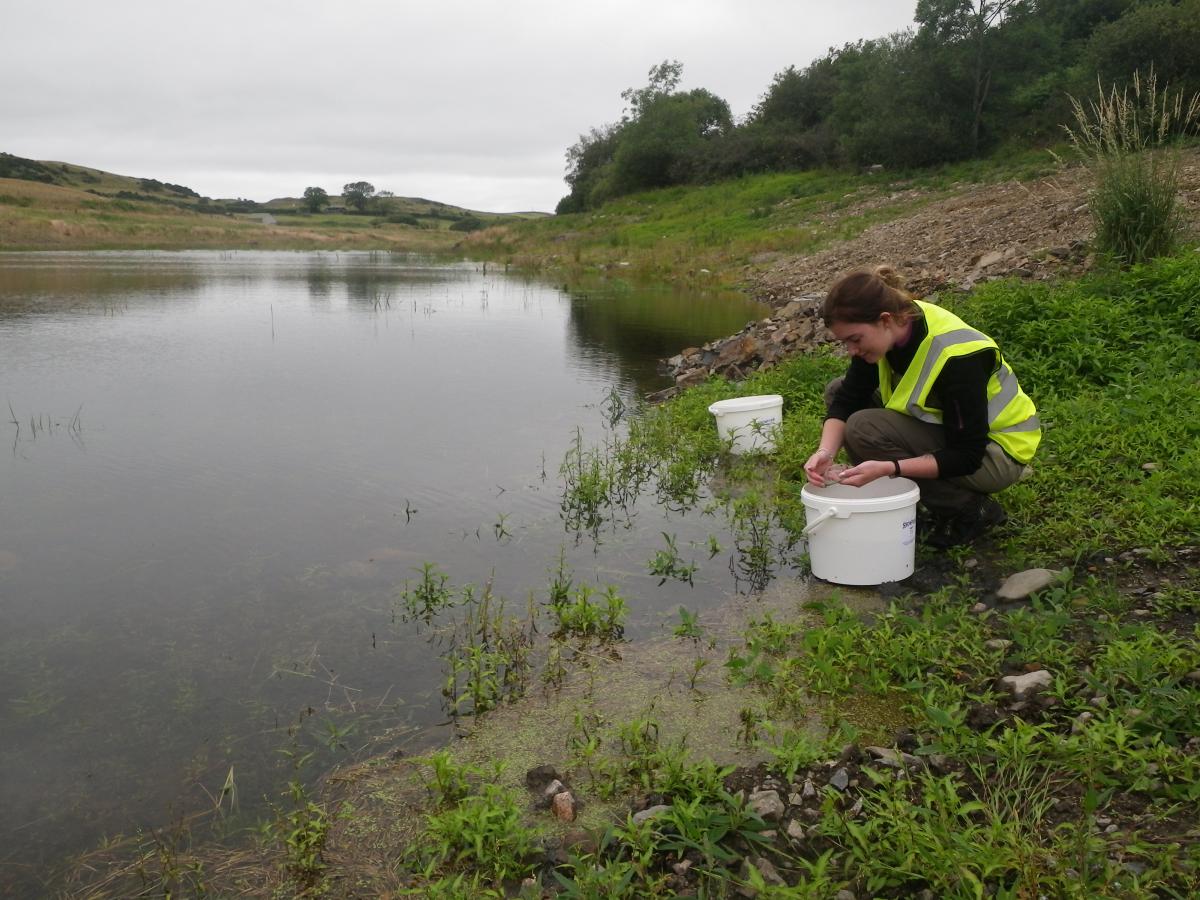Latest News
Smolt sampling on the Bladnoch
GFT are presently sampling smolts caught in a fyke net at the inflow to Torhouse Fish Farm on the lower River Bladnoch. The fyke net also helps provide data on various other fish species within the Bladnoch catchment.
Temperature loggers downloaded this month
GFT are currently in the process of downloading data from temperature loggers which are in 20 sites across the river Bladnoch. The data gets downloaded twice a year; once in April and once in October.
The New Sparling Model Has Arrived!
GFT commissioned a Bolton based taxidermist, Phillip Leggett to create a realistic sparling model. This model accurately represents three adult sparling, which grow up to 30cm and are still present in the River Cree.

